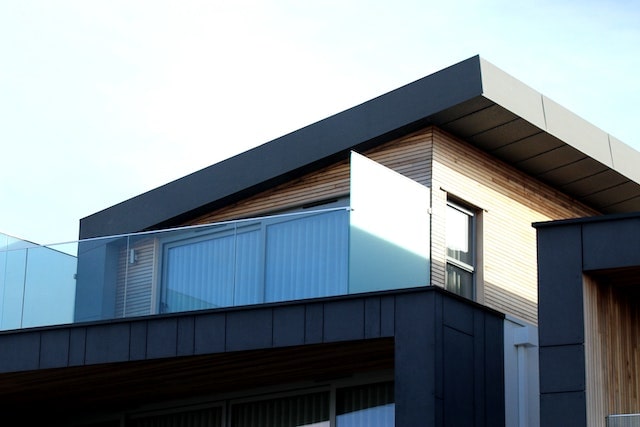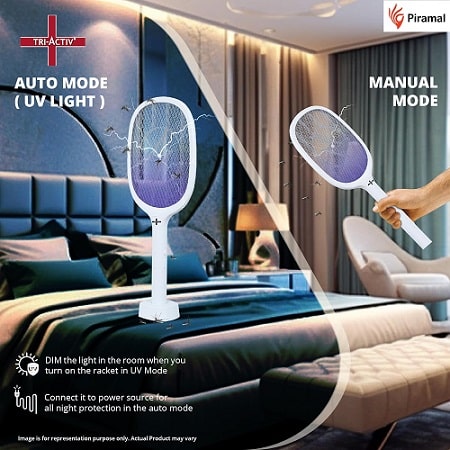While custom homes are certainly not new, in the age of tailor-made experiences, from personalized playlists to curated shopping lists, it’s no surprise that the concept of customizable homes is making a comeback.
Considering that a home is likely your largest purchase, and investment, it makes sense to a) live in a home you’ve always dreamed existed and b) try to optimize your ROI when putting a one-owner, recently-built home on the market.
Understanding Customizable Homes
A customizable home isn’t just about picking a paint colour or choosing a flooring material; it’s about a holistic approach to design and construction that allows residents to make choices that fit their lifestyles. This could range from adjusting the floor plan to include a home office, to more tech-savvy features like integrated smart home systems.
Several factors drive the move towards more customizable homes, including:
- Changing Needs. As we progress through different stages in our lives, our needs and preferences change. A young couple might want an open space suitable for hosting, while a family with children might prioritize safety features or play areas.
- Technological Advancements. With the advent of smart home technologies, residents now want to integrate these systems into their living spaces, making customization essential.
- Sustainability Concerns. Modern homeowners are more conscious of the environment, leading to a demand for homes that incorporate sustainable features.
Benefits of Customizable Homes
Customizable homes, by their very nature, are created around the inhabitants. This results in a range of benefits:
- Personal Satisfaction. There’s a unique joy that comes from living in a space that’s been tailored to your specific tastes and needs. This often leads to increased satisfaction and quality of life.
- Efficient Utilization of Space. Generic homes often have spaces that don’t fit everyone’s needs. Customization means every inch of the home is optimized for its residents, reducing wasted space.
- Flexibility. With changing times and circumstances, having a home that can evolve and adapt is a boon. For example, as remote work becomes more common, having the flexibility to convert a room into a dedicated office space can be invaluable.
- Increased Value. Should you decide to sell your customizable home, its unique features and adaptability can make it more appealing to potential buyers who are looking for something beyond the standard.
Realizing the Vision of Customizable Homes
The journey of creating a customizable home requires collaboration between the homeowner, architects, designers, and builders. Here’s a brief overview of how the vision becomes a reality:
- Consultation: The process starts with understanding the homeowner’s requirements. What are their priorities? Is it a larger kitchen, a home theatre, or perhaps an energy-efficient design?
- Design: Based on the initial consultation, architects and designers draft preliminary designs. These can be fine-tuned and revised to ensure the final product aligns with the homeowner’s vision.
- Construction: Builders step in to turn these designs into reality. The construction phase is where the blueprint is transformed into a tangible structure.
Final Touches
With the main construction completed, the finishing touches are added. This could involve interior decoration, landscaping, or setting up the previously planned technological systems.


